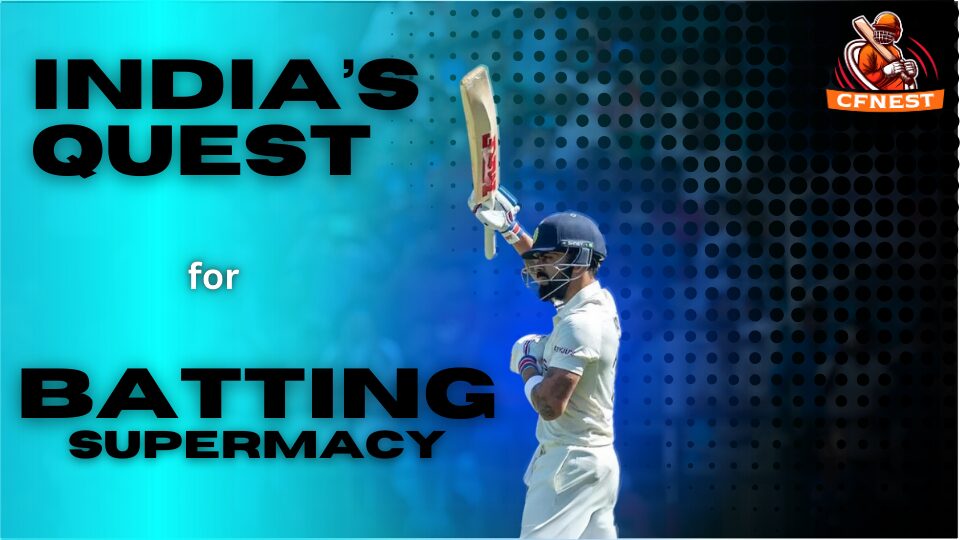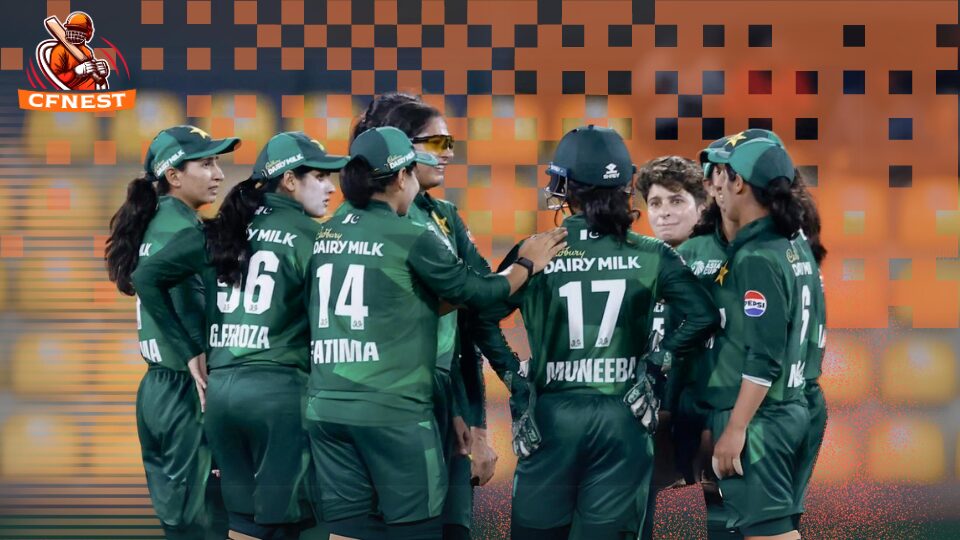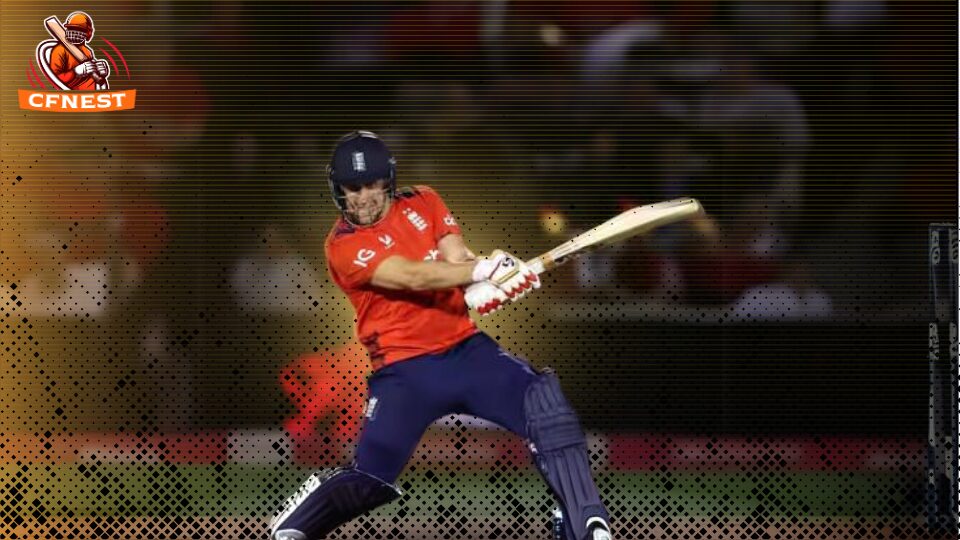In a recent setback for the Australian cricket team, fast bowler Josh Hazlewood has been ruled out of the upcoming T20Is against Scotland due to a calf strain. This injury comes at a critical time, as Hazlewood is a key player for the Australian squad, known for his precision and consistency in bowling.
The Injury and Its Impact
Josh Hazlewood’s injury is a significant blow to the Australian team. The calf strain, which led to his withdrawal, raises concerns about his fitness ahead of important international fixtures. Hazlewood has had a history of injuries, which have occasionally kept him out of the playing XI. However, this calf strain seems to be more serious, necessitating immediate rest and recovery.
Calf strains are common among fast bowlers, as the role demands intense physical exertion. The repetitive stress on the legs during the delivery stride can lead to muscle strains, and in Hazlewood’s case, the strain is severe enough to rule him out of the Scotland series.
Australia’s Bowling Attack Without Hazlewood
With Hazlewood sidelined, Australia will need to reconfigure its bowling attack for the Scotland T20Is. The team has a wealth of talent in the pace department, but Hazlewood’s absence leaves a noticeable gap. His ability to bowl economical spells while also taking crucial wickets is something that will be missed.
The Australian selectors might consider bringing in a replacement, or they could rely on the existing squad members to step up. Mitchell Starc and Pat Cummins, who are also world-class fast bowlers, will need to shoulder additional responsibility. However, replacing Hazlewood’s unique skills won’t be easy.
Hazlewood’s Road to Recovery
The Australian team’s medical staff will now focus on ensuring that Hazlewood recovers fully before returning to the field. Given his injury history, a cautious approach is likely, with an emphasis on rest, physiotherapy, and gradual rehabilitation.
Hazlewood’s recovery timeline will be closely monitored, and the team management will avoid rushing him back into action to prevent any risk of aggravating the injury. Fans will be hoping to see him back in action soon, especially with major tournaments on the horizon.
What This Means for Australia
Hazlewood’s injury is a reminder of the physical toll that cricket can take on fast bowlers. Australia’s cricket board and coaching staff will need to manage their players’ workloads carefully to avoid further injuries. This incident also highlights the importance of having a deep bench of players ready to step in when needed.
Australia’s upcoming fixtures will be crucial, and the team will need to adapt quickly to the absence of one of their star bowlers. The Scotland T20Is will test Australia’s depth in bowling and provide an opportunity for other players to prove themselves on the international stage.
Josh Hazlewood’s withdrawal from the Scotland T20Is due to a calf strain marks a significant moment for the Australian cricket team, underscoring both the challenges and opportunities that lie ahead. As one of Australia’s premier fast bowlers, Hazlewood’s absence is undeniably a setback, particularly given his track record of consistency, precision, and match-winning performances. His ability to swing the ball both ways and maintain an economy rate that often puts pressure on the opposition makes him a vital cog in the Australian bowling lineup. Consequently, his unavailability for the series against Scotland is not just a blow to the team’s immediate prospects, but also to their broader strategic planning, especially as they prepare for upcoming tournaments.
However, as much as Hazlewood’s injury is a disappointment, it also opens the door for other bowlers in the squad to step up and demonstrate their capabilities on the international stage. Australia’s depth in fast bowling has been one of its strengths over the years, with several young and talented bowlers waiting in the wings for such opportunities. Players like Sean Abbott, Kane Richardson, or perhaps even some emerging names from the domestic circuit, now have the chance to make a mark and fill the void left by Hazlewood.
For the team management and selectors, Hazlewood’s injury presents both a challenge and an opportunity. They must find a suitable replacement while ensuring Hazlewood gets the best treatment for a full recovery, especially with major tournaments ahead. This situation highlights the need to balance fielding the best XI with maintaining players’ long-term health amid a packed cricket calendar..
From a fan’s perspective, the news of Hazlewood’s injury will undoubtedly be met with disappointment, as his contributions have been instrumental in many of Australia’s recent successes. However, cricket fans are also aware of the unpredictability and resilience that the sport demands, both from players and teams. This period without Hazlewood will test the Australian team’s adaptability and resolve, traits that have defined their cricketing legacy over the years.
As Australia faces Scotland in the upcoming T20Is, the focus will inevitably shift to how the team compensates for Hazlewood’s absence. The series will be a litmus test for the younger and less experienced bowlers, who will be keen to prove their mettle and stake a claim for a permanent spot in the squad. For these players, this is not just a temporary fill-in role; it is an opportunity to cement their place in the team and contribute to Australia’s long-term success.
In conclusion, Josh Hazlewood’s withdrawal from the Scotland T20Is due to a calf strain is a setback for Australia, but it also offers a crucial chance for other bowlers to step up. This situation highlights the importance of squad depth and adaptability. As everyone awaits Hazlewood’s recovery, the focus will shift to those filling his role, with the hope they can maintain the high standards he sets, potentially influencing Australia’s cricketing future..
Stay tune with cfnest.com for latest crickets news and updates




